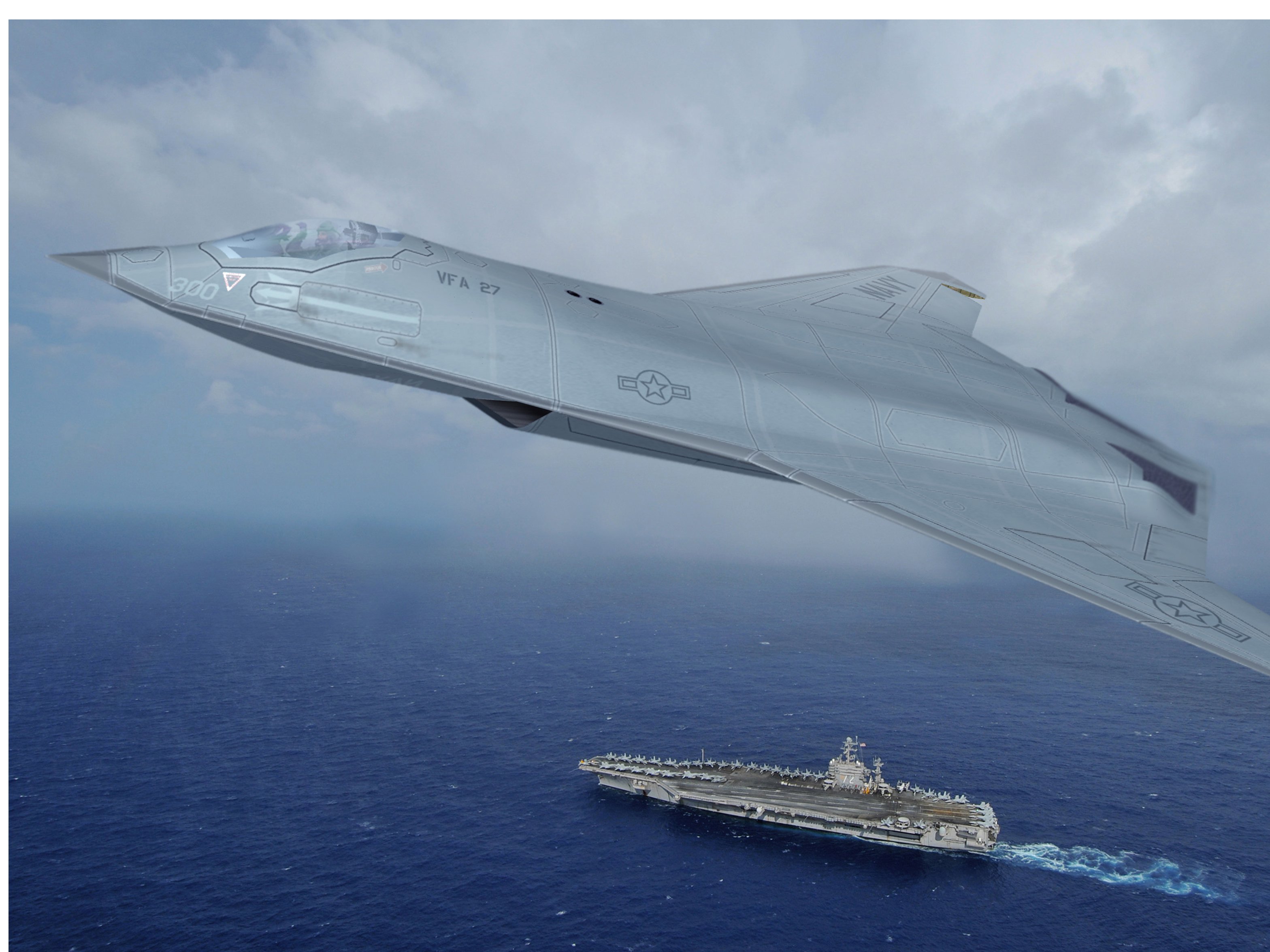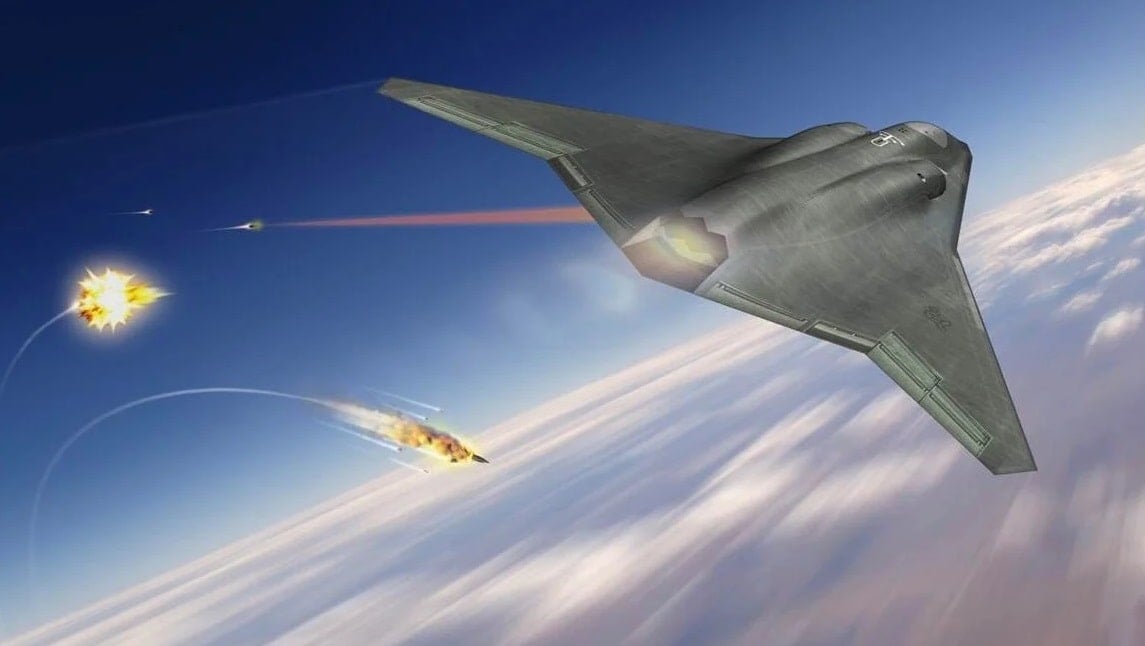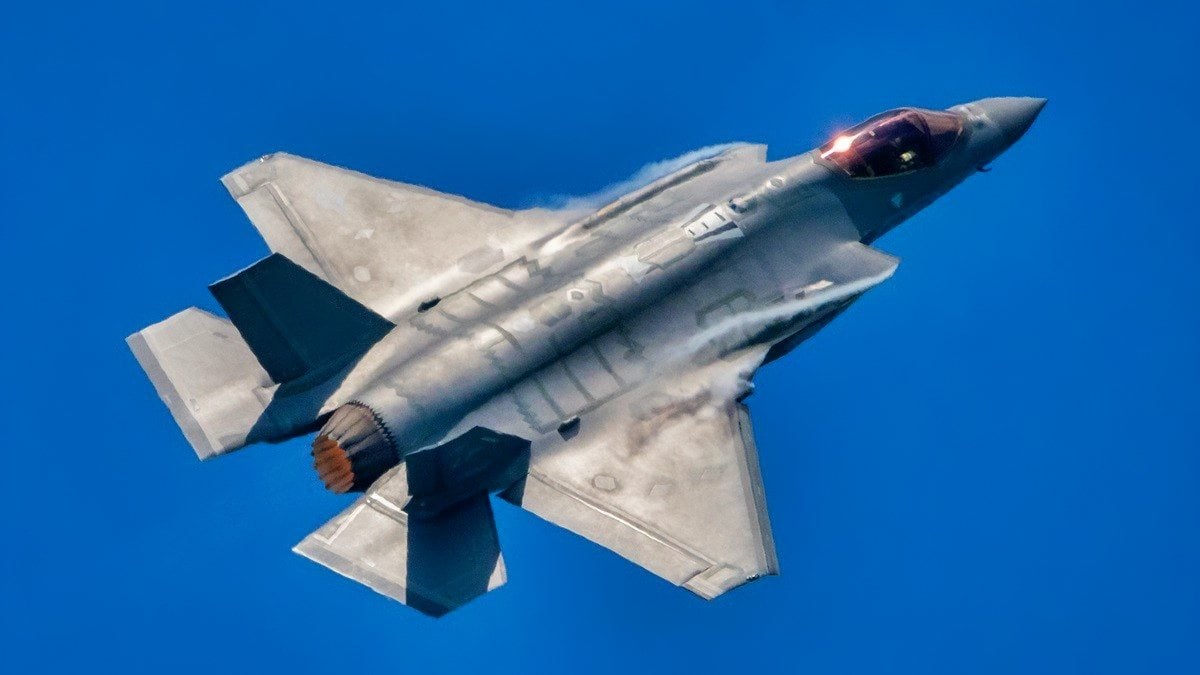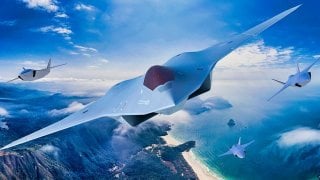NGAD: The $300 Million 6th Generation Fighter the Air Force Might Not Need
Kendall had told members of Congress in the spring of 2022 that the manned fighter that would form the centerpiece of the NGAD program could cost hundreds of millions of dollars per plane – possibly even double the price of the Lockheed Martin F-35 Lightning II, which already has a massive price tag of around $80 million per aircraft.
Do We Need the NGAD? - Last May, Secretary of the Air Force Frank Kendal announced that a single company would be chosen next year to lead the United States Air Force's Next Generation Air Dominance (NGAD) fighter. Kendall further noted that just one defense contractor will take the lead as overall designer and developer, even as multiple companies have worked on different designs.

The United States Air Force has sought to avoid the costly mistakes that plagued past programs, notably the F-35 Joint Strike Fighter. Kendall said that while there will be ongoing competition to supply NGAD's systems, an overall winner will be picked – a noted reversal from the original NGAD concept that had called for rolling competitions, which could produce a series of incrementally better platforms.
That method was revealed to be too costly.
"We're not going to do two NGADs. We're only going to do one," Kendall said at a meeting of the Defense Writers Group in Washington, D.C., per Air & Space magazine.
The NGAD is expected to replace the Air Force's fifth-generation Lockheed Martin F-22 Raptor within the next decade. However, the NGAD is more than a single aircraft. It will include a sixth-generation manned aircraft and unmanned Collaborative Combat Aircraft (CCA) also previously known as Loyal Wingmen.
Earlier, the Air Force requested $1.9 billion in research and development funds for the NGAD project in its 2024 budget request to Congress.
NGAD: ACostly Warbird
Kendall had told members of Congress in the spring of 2022 that the manned fighter that would form the centerpiece of the NGAD program could cost hundreds of millions of dollars per plane – possibly even double the price of the Lockheed Martin F-35 Lightning II, which already has a massive price tag of around $80 million per aircraft.

The NGAD would cost even more than the F-22 Raptor's $135 price tag – a factor that led to the program being cut short nearly 20 years ago.Some reports put the cost per airframe at $300 million each.
Why A Manned Fighter At All?
Given the cost of the manned aircraft, the question can be asked why is so much focus being placed on it at all?
As Brent Eastwood previously wrote for The National Interest, "The NGAD is already planned to be a 'family of systems' that features an unmanned 'loyal wingman' concept," and then added, "The drones would fly in a formation with the NGAD and either collect intelligence, surveillance, and reconnaissance data or launch stand-off munitions and even act as a decoy… It stands to reason that the NGAD could just be removed from the equation, so the loyal wingman drones simply take over offensive missions. This would save the billions of dollars that it will take to get the NGAD off the ground by the end of the decade."
Eastwood makes a good point.
Of course, there are going to be critics who don't like the idea of flying "terminators" that could be hacked by an adversary or worse decide to turn on all us humans! Yet, the United States Department (DoD) has remained committed to the responsible development and employment of AI, even as some critics of the technology have warned that it could pose dangers to friend and foe alike. The U.S. military has gone to great lengths to ensure that the technology will be used according to the accepted rules of engagement and that it could be employed to keep U.S. service members – including pilots – out of harm's way.

"AI will be a critical element to future warfighting and the speed at which we’re going to have to understand the operational picture and make decisions," said Brig. Gen. Scott Cain, AFRL commander. "AI, Autonomous Operations, and Human-Machine Teaming continue to evolve at an unprecedented pace and we need the coordinated efforts of our government, academia and industry partners to keep pace."
Thousands of Drones to Support the Manned Aircraft
The Boeing XQ-58A Valkyrie, which can reportedly reach speeds of up to 550 mph, is just one potential contender for the NGAD program, and later this year, it will be tested in a simulation to chase and destroy a target over the Gulf of Mexico.
A loyal wingman is especially attractive to the U.S. Air Force as the service has in recent decades built fewer and fewer, including the F-35 Lightning II. That has left the service with a significantly smaller fleet – not to mention many older aircraft, like the B-52 bombers that are older than the parents (and in many cases the grandparents) of the current generation of aircrews.
The Air Force has plans to build 1,000 to 2,000 of the CCA, for as little as $3 million apiece while more advanced variants could be $25 million, according to a past report from The New York Times. Even at the high end that is just a fraction of the cost of today's advanced aircraft like the F-35. Some in the Air Force have already described the program as "affordable mass."
As previously reported, drones could help address another problem faced by the Air Force – namely its pilot shortage. The service has been forced to offer bonuses of up to $600,000 in total to keep its pilots in the cockpits. The NGAD's unmanned systems could thus be a force multiplier while solving the pilot shortage.
Unmanned aerial systems could further enhance the capabilities of the manned fighter because the CCA likely won't be multirole aircraft like the F-35 however, and instead could be more specialized to particular roles. That could include surveillance while others could be geared towards resupply missions.

Some could fly in attack swarms to overwhelm an enemy, while there will also be those true "loyal wingmen" that protect a manned aircraft – and which are willing and able to take a bullet or more likely an anti-aircraft missile for their human.
It would seem like a win around, and finally, it might not really require a sixth-generation aircraft. The technology could be employed with the still-in-development B-21 Raider and integrated with the F-35. But why should we expect the Air Force – or the defense contractors to actually be content with what is now in service?
Author Experience and Expertise: Peter Suciu
Peter Suciu is a Michigan-based writer. He has contributed to more than four dozen magazines, newspapers, and websites with over 3,200 published pieces over a twenty-year career in journalism. He regularly writes about military hardware, firearms history, cybersecurity, politics, and international affairs. Peter is also a Contributing Writer for Forbes and Clearance Jobs. You can follow him on Twitter: @PeterSuciu. You can email the author: [email protected].
All images are sourced from Shutterstock.


